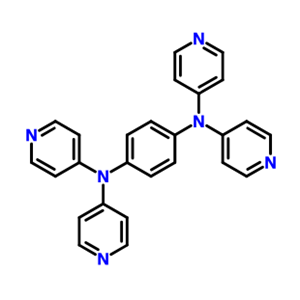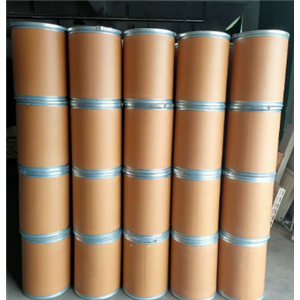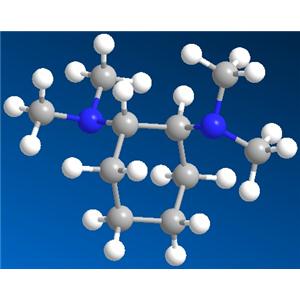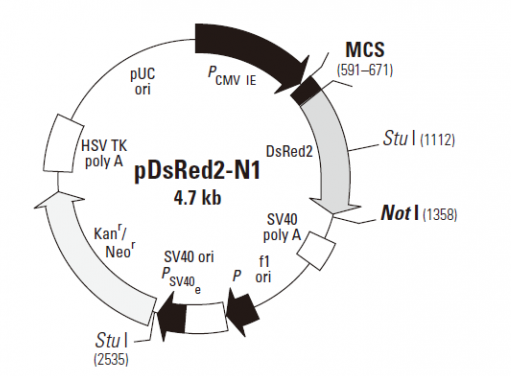pDsRed2-N1 encodes DsRed2, a DsRed variant that has been engineered for faster maturation and lower non-specific aggregation. Derived from the Discosoma sp. red fluorescent protein (drFP583; 1), DsRed2, like its progenitor DsRed1, contains a series of silent base-pair changes that correspond to human codon-usage preferences for high expression in mammalian cells (2). In addition to these changes, DsRed2 contains six amino acid substitutions: V105A, I161T, and S197A, which result in the more rapid appearance of red fluorescence in transfected cell lines; and R2A, K5E, and K9T, which prevent the protein from aggregating. (DsRed2 may, however, form the same tetrameric structure as DsRed1 [3].) In mammalian cell cultures when DsRed2 is expressed constitutively, red-emitting cells can be detected by fluorescence microscopy within 24 hours of transfection. Large insoluble aggregates of protein, often observed in bacterial and mammalian cell systems expressing DsRed1, are dramatically reduced in cells expressing DsRed2. The faster-maturing, more soluble red fluorescent protein is also well tolerated by host cells; mammalian cell cultures transfected with DsRed2 show no obvious signs of reduced viability—in those cell lines tested, cells expressing DsRed2 display the same morphology (e.g., adherence, light-refraction) and growth characteristics as non-transfected controls.
The multiple cloning site (MCS) in pDsRed2-N1 is positioned between the immediate early promoter of CMV (PCMV IE) and the DsRed2 coding sequence. Genes cloned into the MCS are expressed as fusions to the N-terminus of DsRed2. Sequences upstream of DsRed2 have been converted to a Kozak consensus translation initiation site to increase translation efficiency in eukaryotic cells (4). SV40 polyadenylation signals downstream of the DsRed2 gene direct proper processing of the 3' end of the DsRed2 mRNA. The vector backbone contains an SV40 origin for replication in mammalian cells expressing the SV40 T antigen, a pUC origin of replication for propagation in E. coli, and an f1 origin for single-stranded DNA production. A neomycin-resistance cassette (Neor) allows stably transfected eukaryotic cells to be selected using G418. This cassette consists of the SV40 early promoter, the neomycin/kanamycin resistance gene of Tn5, and polyadenylation signals from the Herpes simplex virus thymidine kinase (HSV TK) gene. A bacterial promoter upstream of the cassette confers kanamycin resistance to E. coli.






